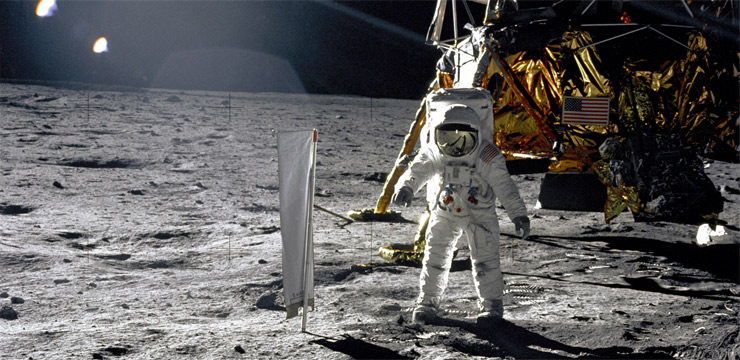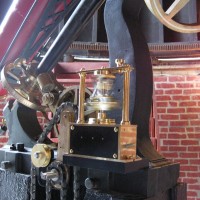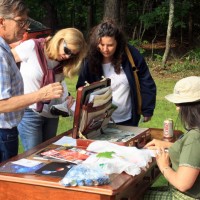July 2009
Stephen Hawking: Black Holes, Baby Universes, and Life’s Battles
Kristine M. LarsenTopics include Hawking’s early lack of focus as a college student; the impact of ALS on his career and personal life; his groundbreaking work on radiating black holes; his later cutting-edge theories of black holes, cosmology, and the anthropic principle; the amazing publishing success of A Brief History of Time; and his status as a pop icon and spokesperson for the interplay of science and society. Larsen situates Hawking’s sometimes-controversial work within the broader context of scientific peer review and public debate, and discusses his personal life with compassion, respect, and honesty.

40th Anniversary of the Apollo 11 Moon Landing
: By Dave HuestisRound and Round (the Celestial Pole) We Go…
: By Craig CortisMessier 6 and Messier 7
: By Glenn ChapleAstronomical Potpourri in July
: By Dave Huestis
22
Photos from Al Hall & Dick Parker's Clark Telescope Drive Restoration

25



